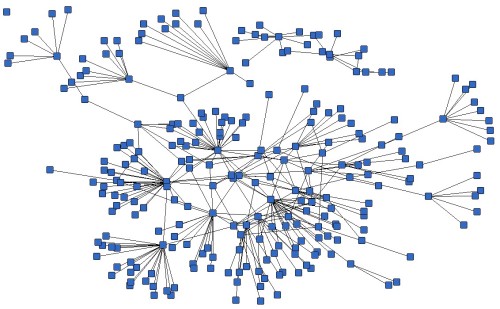

About ten years ago many Telephone companies faced the problems of congested telecom network. To solve the problems researchers from Hewlett-Packard’s laboratories in Bristol, England, developed a computer program based on ant-foraging principles that routes such calls efficiently.
In the program, hordes of software agents roam through the telecom network and leave bits of information (think of them as “digital pheromone”) to reinforce paths through uncongested areas.

When a previously swift route becomes congested (red route), agents that follow it are delayed, so that route takes less bits of information (less pheromone) and it is abandoned. Then agents discover alternatives like the green route and exploit them.
So like the ants pheromone manages the trails, the bits of information manages the network environment.
The ant-based solution had the inherent advantages of swarm intelligent systems:
To explore deeper the topic you can read this article by Eric Bonabeau and Christopher Meyer published 2001/05 (Harvard Business Review) : Swarm Intelligence: A Whole New Way to Think About Business
ant, artificial intelligence, biological, biomimetic, biomimicry, foraging trails, network, robot, stigmergy, swarm intelligence, telecomunication